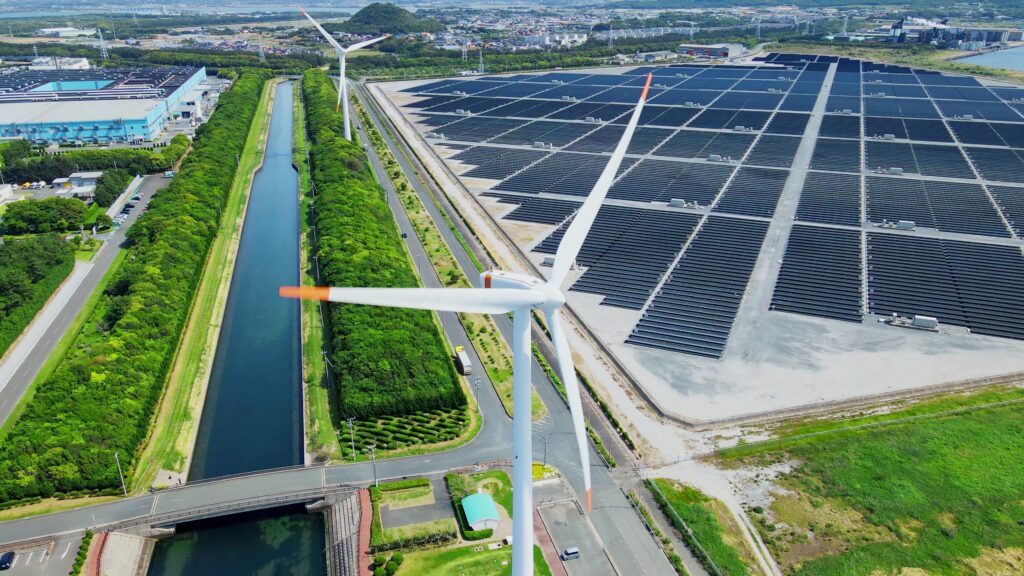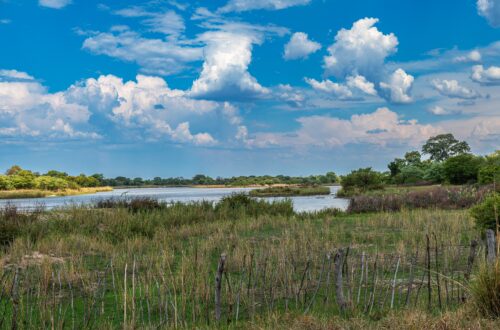
Market Update for Sustainable Startups and Biodiversity Net Gain (BNG) Providers: Investment Outlook and Five-Year Forecast
As global priorities shift toward environmental resilience and net zero ambitions, sustainable startups and biodiversity-focused enterprises are experiencing a surge in relevance. Within this ecosystem, Biodiversity Net Gain (BNG) providers are emerging as strategic actors aligned with both regulatory mandates and market opportunity. This article explores the current status, investor outlook, and five-year trajectory for these businesses, backed by real-world examples and market data.
The Current Market Landscape
The global market for sustainable startups is growing at unprecedented rates. According to PwC’s 2023 State of Climate Tech report, climate tech startups raised more than $60 billion in 2023 alone. Of this, approximately $4.7 billion was directed toward nature-based solutions, including biodiversity monitoring, regenerative agriculture, and habitat banking. This represents a fourfold increase from 2020, indicating the speed with which investor sentiment is turning toward natural capital.
In the UK, the implementation of the Environment Act 2021 mandates that all developments must deliver a minimum of 10% biodiversity net gain. This is expected to generate a market demand for more than 6,000 biodiversity units per year, with prices ranging from £12,000 to over £30,000 per unit, depending on habitat type and location. This gives a conservative estimated market value of £150M to £500M annually, with some forecasts suggesting this could grow to £2 billion by 2030.
Example: Environment Bank, one of the UK’s leading BNG providers, secured a £240 million investment in 2022 from Gresham House to develop over 100 habitat banks. These will generate thousands of units, underpinning compliance for housebuilders, infrastructure developers, and planning authorities.
BNG startups now include operators such as CreditNature, Greenspace Ecological Solutions, and Legacy Habitat Banks Ltd, offering services from land restoration to biodiversity unit sales and data reporting. Increasingly, startups are integrating satellite monitoring (e.g., via Planet Labs) and AI-based habitat classification to offer a seamless investor- and regulator-friendly experience.
Investor Sentiment: Seed to Private Equity
Seed and Angel Investors: The early-stage ecosystem is increasingly mission-aligned. According to Angel Investment Network UK, cleantech and nature-based solution deals made up nearly 18% of total deal volume in 2023, up from just 6% in 2019. Notably, seed investors are drawn to first-mover advantage and the relatively low upfront capital required to establish initial habitat sites.
Venture Capital: Firms like AENU, Pale Blue Dot, and Breakthrough Energy Ventures have started explicitly referencing biodiversity and ecosystem impact as part of their investment thesis. These investors seek out platform-driven BNG businesses—those that can scale biodiversity tracking, trade habitat units digitally, and create software-based regulatory compliance tools.
Example: Downforce Technologies, an Australian-UK startup, raised $6 million in 2022 to scale its soil carbon and biodiversity analytics platform. It works with major landowners and has applications for BNG readiness assessments.
Family Offices: Private wealth managers are increasingly allocating a portion of their portfolio to regenerative land use and biodiversity restoration. A recent UBS survey indicated that over 60% of family offices intend to increase their exposure to sustainable land and climate-resilient agriculture. Offices such as the Grantham Foundation and Blue Earth Capital are backing initiatives that align biodiversity restoration with long-term capital preservation.
Private Equity: While still early-stage, PE firms such as TPG Rise and EQT Future are beginning to evaluate later-stage biodiversity opportunities—especially those with embedded recurring revenue (e.g., biodiversity unit trading or habitat monitoring-as-a-service).
Lenders and Impact Funds: Institutions like Triodos Bank, Innovate UK Loans, and the Green Investment Group are already deploying funding into nature-based projects. Blended finance structures are also being used—combining grant, debt, and equity to reduce the risk exposure for commercial capital.
Market Size and Economic Opportunity

Globally, the nature-based solutions market is expected to exceed $150 billion by 2030 (UNEP), with estimates suggesting that to meet climate and biodiversity targets, at least $384 billion annually will be needed (Nature Conservancy, 2022).
In the UK, the demand for biodiversity units is forecast to rise exponentially:
- 6,000–10,000+ units/year by 2025
- £1.5B+ market cap by 2027
- 12,000+ development sites expected to fall under BNG mandates
Additional economic drivers include:
- 30-year maintenance periods that make these services long-term and stable
- Voluntary biodiversity offset markets beginning to emerge alongside compliance-led BNG
- Carbon-Biodiversity hybrid credit models, where a single land project can sell both carbon and biodiversity units (e.g., peatland restoration or woodland creation projects)
Five-Year Outlook
- Institutionalisation & Regulatory Clarity: Biodiversity units will become more commoditised, tracked via registries (e.g., Natural England’s BNG register), and audited through remote sensing. Much like carbon markets, BNG trading platforms will emerge to facilitate transparency and liquidity.
- Consolidation & M&A Activity: Major infrastructure groups (e.g., Balfour Beatty, WSP) and real estate developers may begin acquiring BNG operators to internalise compliance and de-risk projects. Expect VC-backed startups to be acquired within 5–7 years for integration into larger ESG portfolios.
- Technological Evolution: AI, LIDAR, drone imagery, and real-time data platforms will allow BNG providers to prove impact at scale. Remote compliance verification will reduce costs and attract institutional investors.
- International Replication: Following the UK’s model, Australia, parts of the EU, and even the U.S. (under state-level climate mandates) are considering BNG-style regulations. The OECD is actively evaluating market-based biodiversity frameworks.
- Investor Maturity: Impact investors and ESG-focused institutions will demand better metrics, risk-adjusted returns, and clear exit pathways. BNG projects with embedded land rights, long-term management plans, and digital audit trails will command valuation premiums.
- Exit Pathways: Exits will likely include:
- Acquisitions by infrastructure, planning, or housebuilding consultancies
- Integration into nature investment funds or REIT-like vehicles
- Buybacks and secondary sales at 6–12x EBITDA or 5–10x revenue multiples for high-performing ventures
Conclusion
Sustainable startups—and BNG providers in particular—are no longer fringe participants in the impact economy. They are gaining mainstream visibility and capital access, thanks to regulatory mandates, rising investor interest, and maturing technology platforms.
With the UK market at the forefront of global biodiversity monetisation, and real examples like Environment Bank’s £240M raise or Downforce’s soil platform scaling internationally, the next five years are poised for consolidation, innovation, and rapid growth.
For founders, this is a rare moment to shape a market before it becomes saturated. For investors, it’s a chance to back scalable, mission-aligned businesses with measurable impact and strong returns.
Nature, long undervalued, is becoming a recognised asset. The businesses that harness this shift—credibly, transparently, and at scale—stand to lead not only the next wave of green innovation but the redefinition of value itself.





